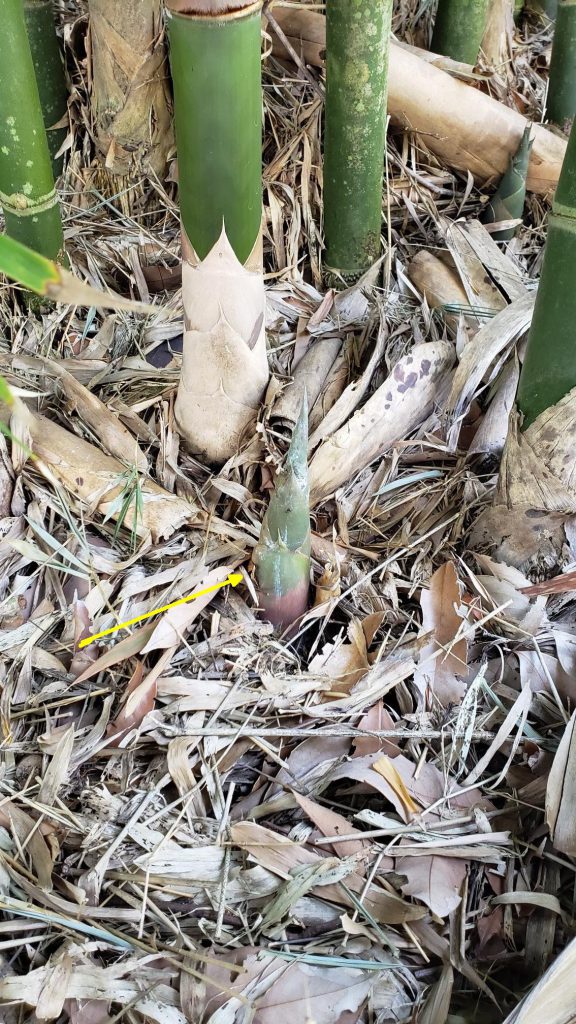Importance
Bamboo is a unique woody grass that grows faster than many plants. It is well known for being used as a material of choice for traditional crafts throughout the world. Bamboo is also used in construction, fencing, basketry, and many other uses. The use of bamboo in many areas makes it a great source of income, especially in rural areas. Because of the rapid increase in human population and demand for bamboo, bamboo has been one of the top choices of small farmers as a new source of income.

The Growth Habit of Bamboo
The bamboo plant has both an underground stem and an above-ground stem. The underground stem consists of rhizomes, roots, and buds. Above ground, the stem consists of the main stem (culm), branches, and foliage. There are buds on the rhizomes that may develop into shoots and emerge from the ground. In large bamboos, the new shoots grow vertically to a height of more than 60 within 3 months in one growing season.

Start growing bamboo
The first step to grow bamboo is finding plant materials. The plant material may come in cuttings that may be purchased from a nursery. In some cases, the nursey makes a contract with the grower to purchase the bamboo products after harvesting. Some nurseries propagate bamboo by tissue culturing on a large scale. These seedlings may be better choices for growers because the seedings are disease-free.

How to plant cuttings?
Rhizomes or culms (stem) can be the source of cuttings. Extracting rhizomes from mother plants is very time-consuming and laborious. Using stem cutting is a better alternative because of several advantages. Multiplication of the stem is much easier and faster. The plants raised from stem cuttings develop new stems faster than rhizome cuttings. The stem cuttings should be obtained from 2 to 3 years old healthy plants. The cuttings have 2 to 3 nodes. The best cuttings usually are obtained from the lower and thicker part of the plants to generate better roots and shoots. The upper and thinner part cuttings usually make the root harder. The cuttings should be planted 3 to 4 inches horizontally under the soil with a light soil and sand mixture. In some species, planting cuttings vertically shows a higher rate of success.

Selecting the Planting Site
Site selection in the production of bamboo is important in order to reach better field operation and management, and healthy growth. For example, the selected area should not be prone to fire. Bamboo plants prefer loamy and sandy loamy soils with good drainage since it does not tolerate flooding and waterlogging.
Spacing
Field layout depends on the habit and size of the bamboos. For example, small species are planted more closely, and large species are planted with wider spaces.
Site preparation
After field layout, site preparation is the most important step in planting bamboo. The site should be clear of any bushes, grasses, and other plants. Usually, the hole for planting bamboo is 23 inches in diameter and 23 inches in depth.
Plant protection
Fencing is very important in bamboo production because bamboo is palatable to many animals, especially in dry grazing areas.
Source: Guidelines for Growing Bamboo by Bernard N. Kigomo
 2
2

